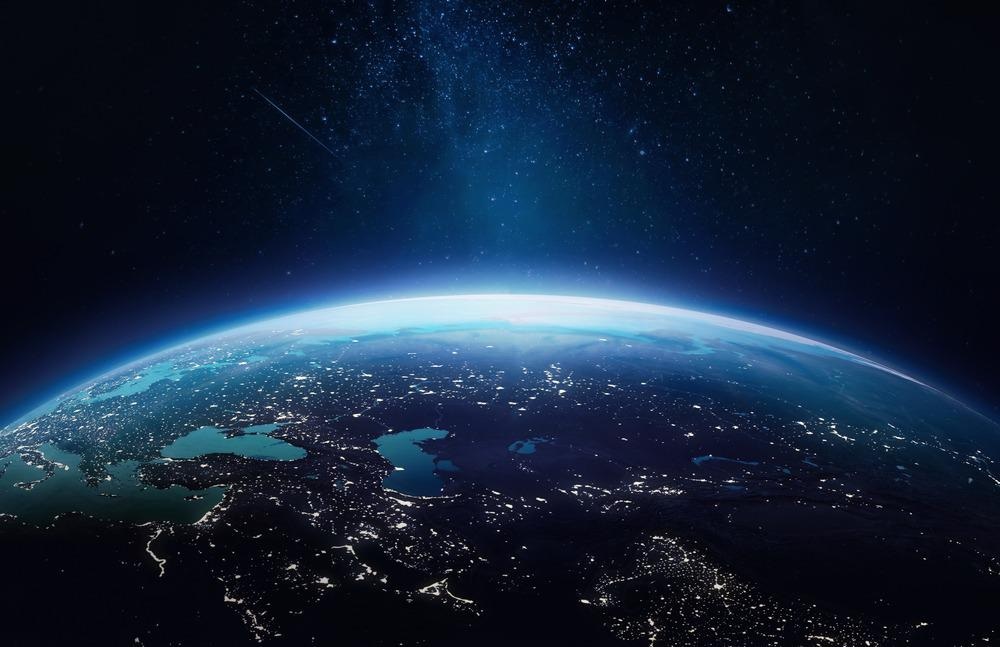Researchers at UCLA have discovered a new form of space weather – superfast electron rains that precipitate into the atmosphere from the radiation belts. The team says the events could affect satellites, spacecraft, and astronauts.
Electrons and other charged particles collect in the Earth’s magnetosphere and then bounce back and forth between the north and south poles. Solar wind and storms can make some of them unhinged which sends them raining down into Earth’s atmosphere where they can contribute to the aurora.

However, a new mechanism has been discovered that creates larger downpours of electrons than previously known. The culprit is what’s known as “whistler waves,” a kind of electromagnetic wave that washes through the plasma in the magnetosphere. These waves can energize the electrons in that plasma, causing them to speed up and fall out of the radiation belts. The resulting rains move much faster and in greater volumes than the usual electron rains.
The team made the observations using ELFIN, a pair of microsatellites each about the size of a loaf of bread. From their position in low-Earth orbit, the ELFIN satellites can detect and measure electron rains, while the team measured whistler waves using data from NASA’s THEMIS satellites. Combining the two datasets indicated a clear link between whistler waves and superfast electron rains. Perhaps unsurprisingly, these downpours occurred more often during solar storms.

“Although space is commonly thought to be separate from our upper atmosphere, the two are inextricably linked,” said Vassilis Angelopoulos, principal investigator at ELFIN. “Understanding how they’re linked can benefit satellites and astronauts passing through the region, which are increasingly important for commerce, telecommunications, and space tourism.”
The research was published in the journal Nature Communications.


